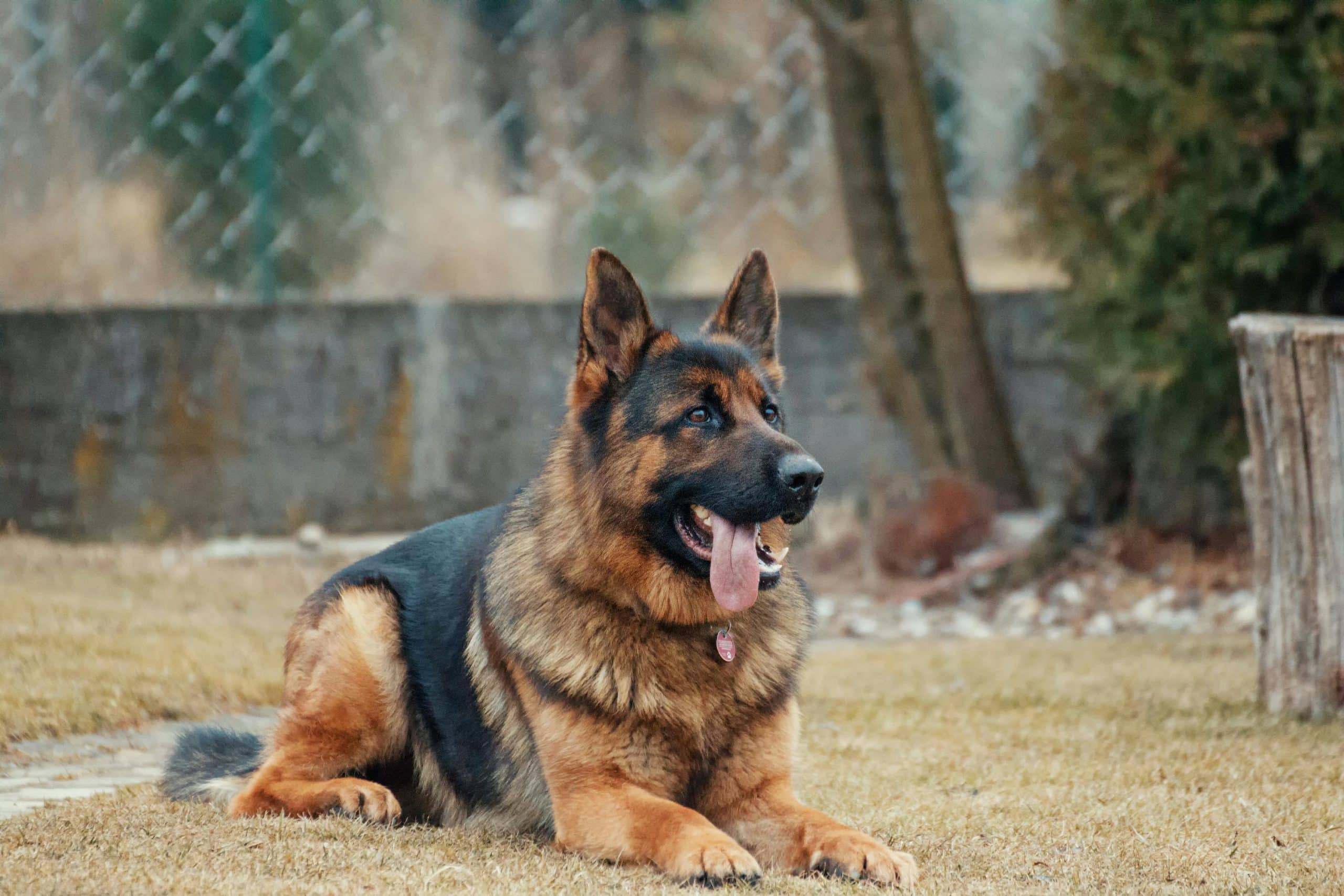How to Teach an Australian Shepherd to Herd Without Livestock?

As a dog lover, you know there are few things more rewarding than watching a dog embrace its natural instincts. This is particularly poignant for herding dogs like the Australian Shepherd. If you own an Aussie, as they are affectionately known, you’ve likely seen signs of their inherent herding behavior. But what if you don’t own livestock for them to herd? Can you still train your Aussie to flourish in its purpose? The answer is a resounding yes, and this article will guide you on how to do so effectively.
Understanding Australian Shepherds
Before diving into training methods, let’s first understand the breed. Aussies are intelligent, resourceful, and energetic dogs. They were bred for herding livestock, and this characteristic is deeply ingrained into their behavior. A characteristic that manifests itself in their need for mental and physical stimulation. Understanding this is key in shaping an effective training program for them without livestock.
Dans le meme genre : What’s the Ideal Way to Hydrate a Pet Rabbit During Hot Weather?
Despite their name, Australian Shepherds are not from Australia. They were developed in the United States in the 19th century. Aussies were primarily used for herding sheep and are still seen working on farms and ranches today. Their inherent abilities and instincts make them excellent herding dogs, but these traits can also be channeled into other activities if livestock isn’t available.
Identifying Herding Behavior
Before you begin training, you must first be able to recognize herding behavior. In Aussies, this is often seen in the form of nipping, circling, and chases. This isn’t aggression or disobedience, it’s just how they express their herding instinct without proper direction. Understanding this behavior is important to redirect it in a positive and productive way.
Lire également : How to Help Your Dog Adjust to a New Baby in the Family?
Aussies may also display other forms of behavior linked to herding, such as barking to gather or move their "flock", or exhibiting signs of being on duty, always alert and watching over their territory. Recognizing these behaviors will help you provide the right training to satisfy your dog’s herding instincts.
Training An Aussie to Herd Without Livestock
Now comes the fun part, training your Aussie to herd without livestock. This will require some creativity, but the reward of seeing your dog embrace its natural instincts is well worth the effort.
Using Toys or Balls
One effective method to channel your dog’s herding instincts is to teach them to herd balls or toys. This training does not only channel their instinct but also provides an excellent source of exercise. Start with larger balls, similar in size to the livestock they would typically herd, then gradually decrease the size as they get more comfortable.
Use specific commands to instruct your dog to move the balls in certain directions. Like, "round up" for gathering the balls or "drive" to push them in a specified direction. Be consistent with these commands to ensure your pup understands what is expected.
Agility Training
Another avenue to channel your Aussie’s herding instincts is through agility training. This type of training mimics the challenges and stimulation they would experience when herding animals, and it can satisfy their need for mental and physical activity.
Set up an agility course with hurdles, tunnels, and weave poles. Use commands similar to those used in herding to guide your dog through the course. This form of training not only satisfies their instinct but also enhances their obedience, coordination, and concentration.
Consistency and Patience
Training an Aussie to herd without livestock isn’t achieved overnight. It requires time, patience, and consistency. Stick to a regular training schedule and maintain a positive attitude. If you’re feeling frustrated, your Aussie will pick up on it, which can hinder their training progress.
Remember, the goal is not to suppress your Aussie’s herding instincts but to channel them into a productive and satisfying activity. So, celebrate their wins no matter how small, and continue to encourage their natural tendencies.
In conclusion, training an Aussie to herd without livestock is entirely possible and can be immensely rewarding for both you and your dog. It allows your Aussie to embrace its natural instincts while providing them with the mental and physical stimulation they need. With understanding, patience, and consistency, you can successfully train your Aussie to herd, even without a flock of sheep.
The Role of Positive Reinforcement in Training
In any form of dog training, the role of positive reinforcement cannot be overstated. Australian Shepherds, like any other herding breeds, respond exceptionally well to positive reinforcement. This approach is an effective way to channel their high energy and herding instincts into productive and desirable behavior.
Training your Aussie involves teaching them how to herd step by step. It starts with simple herding commands, then gradually evolves into complex tasks. Throughout this process, it’s essential to reward your dog for each successful task. This reward could be a treat, praise, or even a favorite toy.
For instance, during the ball or toy herding activity, each time your Aussie successfully herds the ball in the direction you’ve commanded, reward them. This reinforcement will help your dog understand that they’ve done something right and encourages them to repeat the behavior.
Positive reinforcement also helps maintain your dog’s interest in the training. Aussies are intelligent dogs that crave mental stimulation, and the challenge of learning new commands and tasks provides just that. When these tasks are paired with positive reinforcement, your dog will not only enjoy the training but will also look forward to it.
During agility training, the same principle applies. Reward your dog each time they successfully complete the course or respond correctly to a command. This constant feedback loop creates a positive learning environment for your Aussie, making the training process enjoyable and effective.
Benefits of Training your Aussie to Herd Without Livestock
Teaching a dog to herd without livestock may seem like an unusual concept, but it has several benefits. For starters, it significantly contributes to the overall wellbeing of your Aussie. As a high energy and intelligent breed, Australian Shepherds need activities that provide both physical exercise and mental stimulation.
Training your dog to herd toys or balls, or to navigate an agility course, offers an excellent outlet for their energy and intelligence. These activities prevent boredom and the behavioral issues that can arise from it, such as destructive behaviors or excessive barking.
Moreover, this form of training strengthens the bond between you and your dog. Training provides an opportunity for you to spend quality time with your Aussie, fostering trust and mutual respect. It also enhances your dog’s obedience and responsiveness to commands, making them a well-behaved and pleasant companion in all situations.
Conclusion
In the absence of livestock, training your Australian Shepherd to herd can seem like a daunting task. However, with creativity, patience, and a solid understanding of your dog’s herding instincts, it is not only feasible but can also be a rewarding experience.
Through the use of toys or balls and agility training, you can effectively channel your Aussie’s intrinsic herding instincts. Remember to always employ positive reinforcement during training sessions to encourage desired behaviors and maintain your dog’s interest in the training.
With time, your Aussie will not only learn to herd without livestock but also enjoy a healthy, happy life, filled with activities that satisfy their need for physical exercise and mental stimulation. Not to mention, you’ll have a bond with your Aussie that is built on mutual trust, respect, and shared experiences. Training your Aussie to herd without livestock is truly a win-win situation for both you and your dog.
